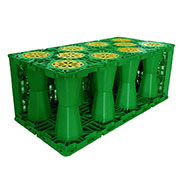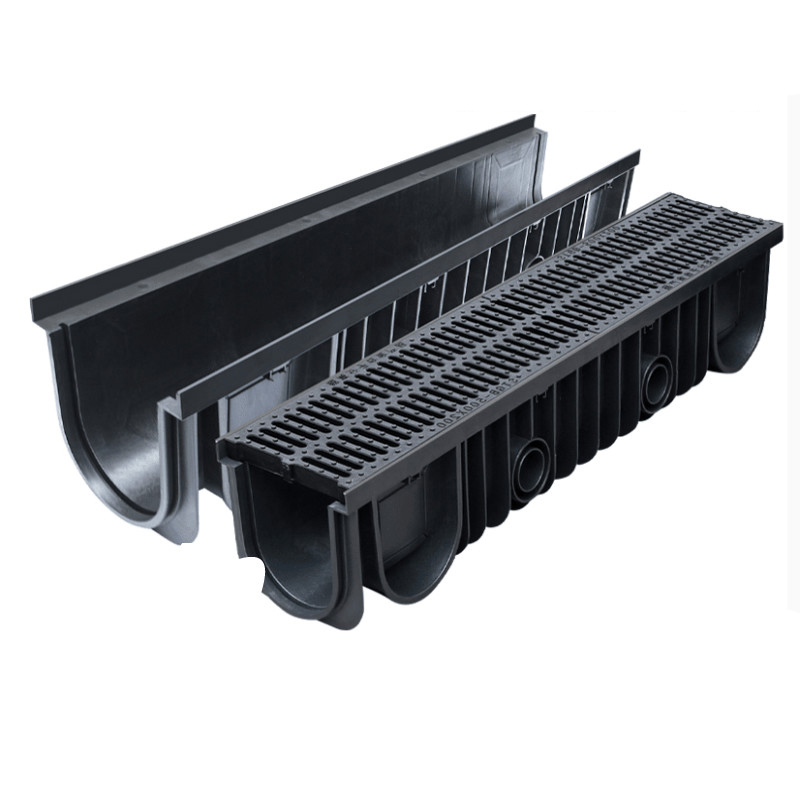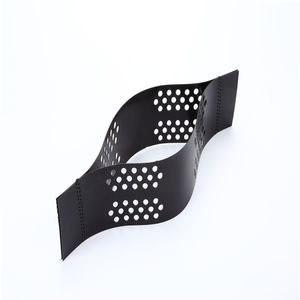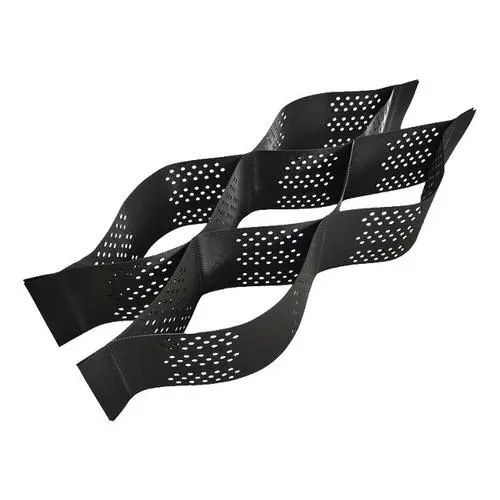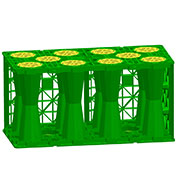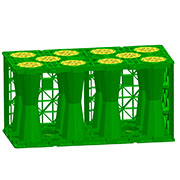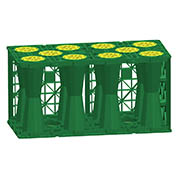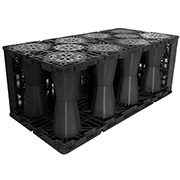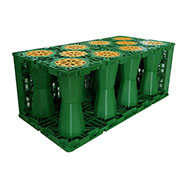Dr. Rain | Sponge City Rainwater Collection
What is a sponge city?
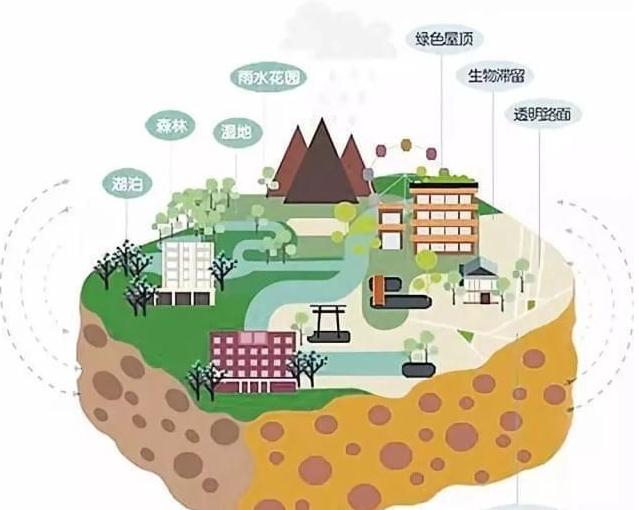
Sponge city means that the city can be like a sponge, with good "flexibility" in adapting to environmental changes and responding to natural disasters. It absorbs, stores, seeps, and purifies water when it rains, and releases the stored water when needed. use. The construction of sponge cities should follow the principles of ecological priority, combine natural methods with artificial measures, and maximize the accumulation, infiltration and purification of rainwater in urban areas, and promote the use of rainwater resources under the premise of ensuring the safety of urban drainage and waterlogging prevention. And ecological environment protection. In the process of sponge city construction, the system of natural precipitation, surface water and groundwater should be coordinated, water supply, drainage and other water recycling links should be coordinated, and its complexity and long-term nature should be considered.
Six Elements of Sponge City
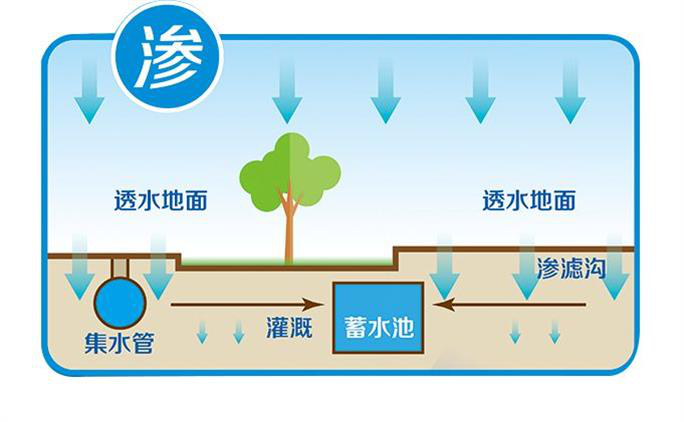
Permeation-Because the underlying surface of the city is too hard and there is cement everywhere, it has changed the original natural ecological and hydrological characteristics. Therefore, it is necessary to strengthen natural infiltration and put infiltration in the first place. It can avoid surface runoff and reduce the concentration of groundwater from the cement floor and road surface into the pipe network. At the same time, it conserves groundwater, supplements the lack of groundwater, and can also purify the water quality through the soil and improve the urban microclimate. There are various methods for infiltration of rainwater, mainly including changing various roads and ground paving materials, transforming roof greening, adjusting the vertical direction of green space, and keeping rainwater from the source and then "seeping" it down.
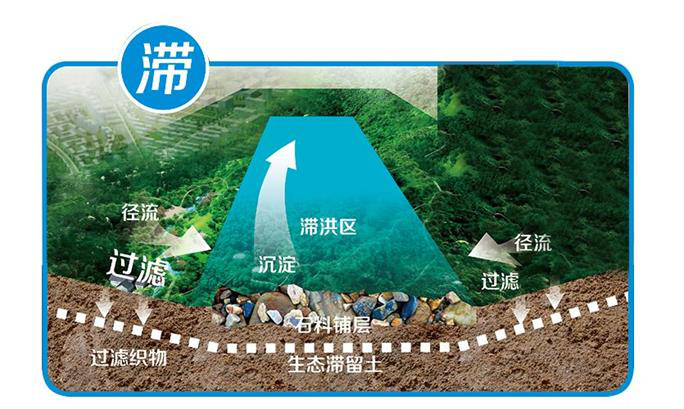
Stagnation-its main function is to delay the runoff of rainwater formed in a short period of time. Through the micro-topography adjustment, the rainwater is slowly collected to one place, and time is used to change space. Through "stagnation", the formation of the peak of runoff can be delayed. The specific forms are summarized into three types: rain garden, ecological retention pond, infiltration pond, and constructed wetland.
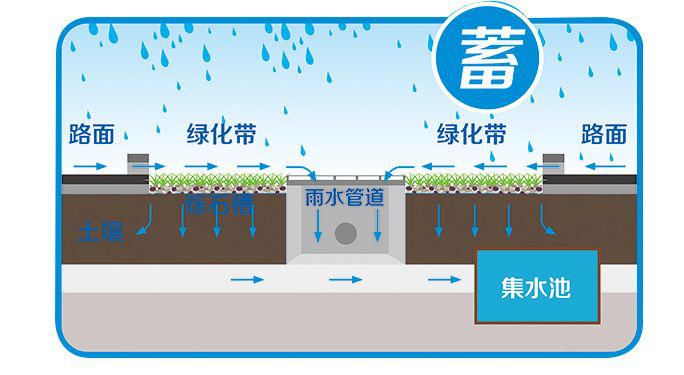
Storage-that is, to keep rain water, we must respect the natural topography, so that the rain can be scattered naturally. Now that artificial construction destroys the natural topography and landforms, water converges in one place within a short period of time, forming waterlogging. Therefore, it is necessary to accumulate rainfall in order to achieve regulation and storage and peak shifting. At present, there are no fixed standards and requirements for water storage in sponge cities. There are various types of underground water storage. Generally, there are two commonly used forms: underground water storage tanks and plastic module water storage.
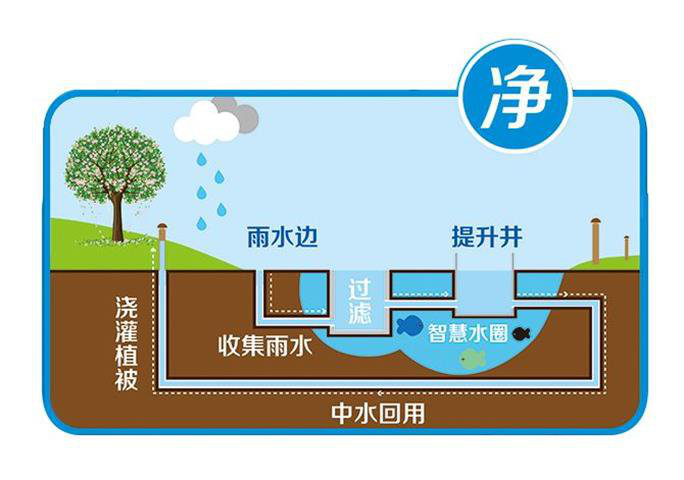
Clean-Purify water quality through soil penetration, vegetation, green space system, water body, etc. Rainwater purification systems are roughly divided into three categories according to different regional environments: rainwater collection and purification in residential areas, rainwater collection and purification in industrial areas, and rainwater collection and purification in municipal public areas. According to these three regional environments, different rainwater purification links can be set, and the more familiar purification process at this stage is divided into three links: soil infiltration purification, constructed wetland purification, and biological treatment.
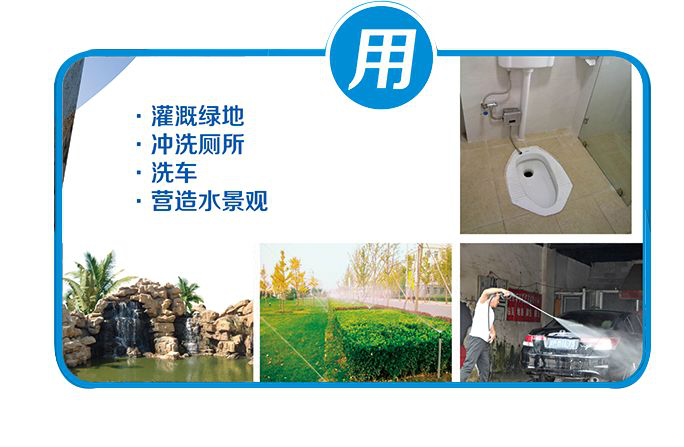
Utilization-Rainwater after multi-layer purification by soil infiltration purification, constructed wetland purification, and biological treatment should be used as much as possible, and the use of rainwater resources should be strengthened whether it is in water-rich areas or water-deficient areas. Not only can it alleviate flood disasters, the collected water resources can also be used, such as collecting and purifying rainwater on parking lots for car washing. We should conserve water by "seepage", keep the water in place through "storage", and then "use" the water in place through purification.
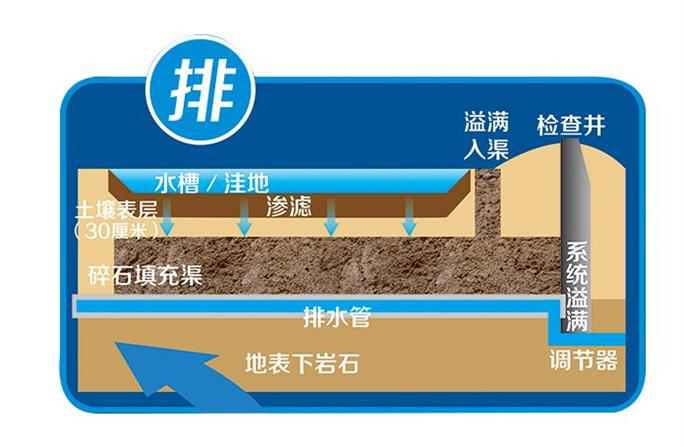
Drainage——Using the combination of urban vertical and engineering facilities, the combination of drainage and waterlogging prevention facilities with natural water system rivers, and the combination of surface drainage and underground rainwater pipes to achieve general discharge and discharge of excessive rainwater, avoiding flooding and other disasters. Part of the rainwater collected after purification by rainwater gardens, ecological retention areas, and infiltration pools is used for green irrigation and daily life, and part of it is used to replenish groundwater through infiltration, and the excess is discharged into the river through the municipal pipe network. It not only reduces the chance of water accumulation when the rain peak is too high, but also reduces the direct pollution of the water source at the first time.
Why build a sponge city?
According to statistics from the National Defense Administration, more than 360 cities in my country suffered waterlogging in the past three years, which directly caused huge economic losses. At present, "every rain must be flooded" has become one of the major disasters in my country's cities. With the enhancement of the "heat island effect" and "turbid island effect" caused by the rapid development of urbanization in my country, the frequency of urban rainstorms is increasing; there are a large number of hard pavements in cities, such as asphalt roads and cement roads, which have low water permeability during rainfall. Good; there are few water storage bodies, which can not absorb the short-term rapid increase of rainwater. At present, the design standard of drainage pipe network in many cities in China is generally low. In some places, the drainage facilities are not perfect and imperfect, and the construction of drainage system is lagging behind; in the process of urban construction, the natural water body is seriously damaged, and the water surface rate is common after it is turned into urban construction land. Decrease, the double pressure of increase in runoff and decrease in regulation and storage capacity is caused by urban drainage, which is an important reason for the frequent occurrence of urban waterlogging in recent years.
According to statistics from the Ministry of Housing and Urban-Rural Development, more than 300 of the 657 cities in the country belong to the "severe water shortage" and "water shortage" cities in the evaluation criteria of the United Nations Human Settlements Environment Agency. Most of them are located in the temperate and subtropical monsoon regions of my country, so there are often urban waterlogging caused by concentrated rainfall in the rainy season. At present, more than 99% of cities in my country belong to the mode of concentrated and rapid rainwater drainage, and natural precipitation has very limited alleviation of urban drought.
The cost of pipe network transformation is high, the construction is difficult, and the cost-effectiveness ratio is low. Although many cities suffer from rain-induced waterlogging due to low design standards and delayed construction of drainage facilities, they are limited by the complexity of the urban pipeline network, the large amount of reconstruction, and the high demand for funds, making it difficult to improve the situation in a short period of time. Most cities in my country are located in the monsoon area. For many areas with insufficient rainfall, the rainfall is mostly concentrated in a few short time points. For this reason, the cost-effectiveness of city-wide "surgical" reconstruction is not high, and it is difficult to obtain Enough support.
The significance of building a sponge city
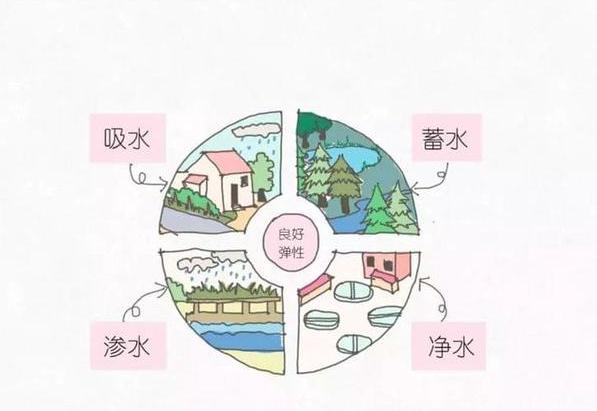
After the completion of the sponge city, it can effectively reduce rainwater discharge, purify rainwater quality, promote rainwater infiltration, and make full use of rainwater resources, thereby effectively alleviating the current prominent waterlogging disasters, rainwater runoff pollution, and water shortages in the city. Not only that, for urban residents, the preservation and restoration of urban vegetation, wetlands, ponds, and streams in sponge cities can significantly increase urban green space, reduce urban heat island effects, regulate urban microclimate, and improve urban living environment.
How to implement sponge city construction? Sponge city construction cannot be completed by one department or unit, and requires the joint efforts of the whole society. The government is the main body responsible for the construction of sponge cities. It should coordinate the planning, land, drainage, roads, transportation, gardens and other functional departments, give full play to the leading role of the city's overall planning, and determine the control targets of the sponge cities according to local conditions. At the same time, the public should be supporters and participants in the construction of sponge cities, such as building various rain gardens, green balconies, micro wetlands, and rooftop vegetable gardens in front of and behind the house.
Sponge city has outstanding advantages, and the utilization rate of rainwater is increased by three times
There are five main benefits of sponge cities. Preventing waterlogging through a low-impact development model can effectively reduce the total amount of rainwater entering the drainage network and the amount of rainwater runoff per unit time.
1. Reduce the pressure on the drainage pipe network and reduce the huge investment in expanding the drainage pipe network.
2. It can increase the seepage and seepage of rainwater, reduce the phenomenon of urban ground subsidence, alleviate the phenomenon of ground subsidence, strengthen the circulation of the urban natural water system, and solve the problem of urban water shortage.
3. Sponge cities rely on sponge bodies to regulate water supply and drainage, which greatly reduces the amount of new construction of drainage pipelines and reinforced concrete pools.
4. Storage facilities are often combined with existing green spaces, gardens, and landscape water bodies in cities, and the "net increase cost" is relatively low;
5. It can greatly reduce the cost of water pollution control and reduce the huge losses caused by urban waterlogging.
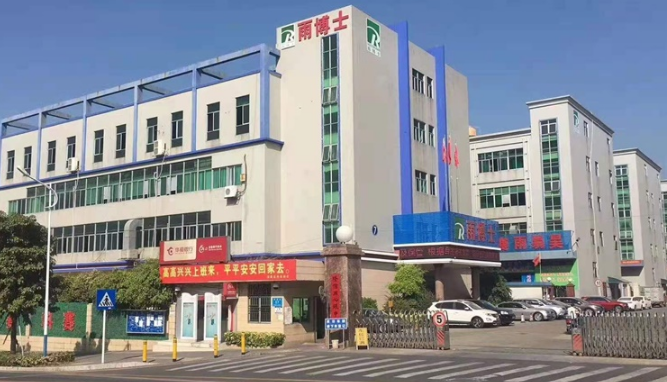
Dr. Rain actively responded to the government's call to build an ecological sponge city, and has successively developed sponge city construction projects, rainwater collection systems, garden landscape greening engineering construction, municipal road construction engineering construction, municipal rain and sewage pipeline diversion renovation engineering construction, municipal greening engineering construction and weak current The engineering system has been constructed and put into market applications one after another, and has received good social response. It has been widely used in urban residential quarters, green squares, schools, municipal facilities, sports venues, urban greenways, outdoor parking lots and other places.







